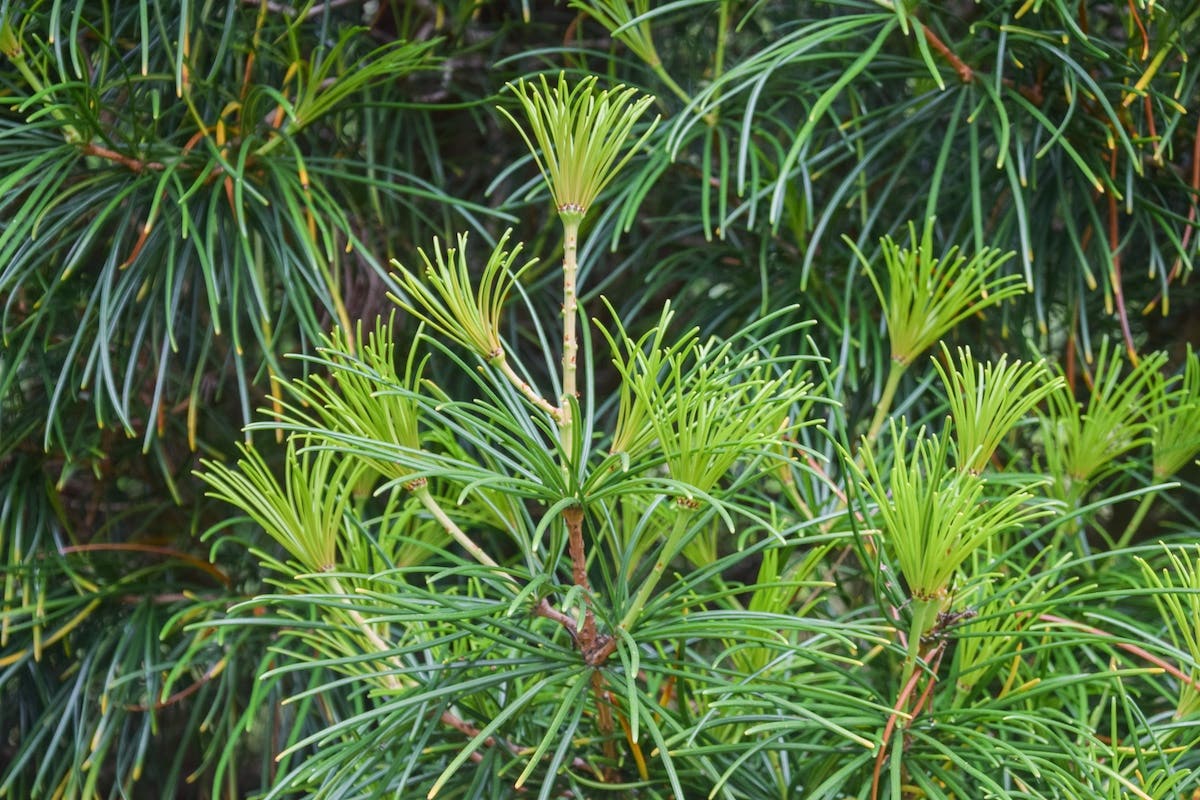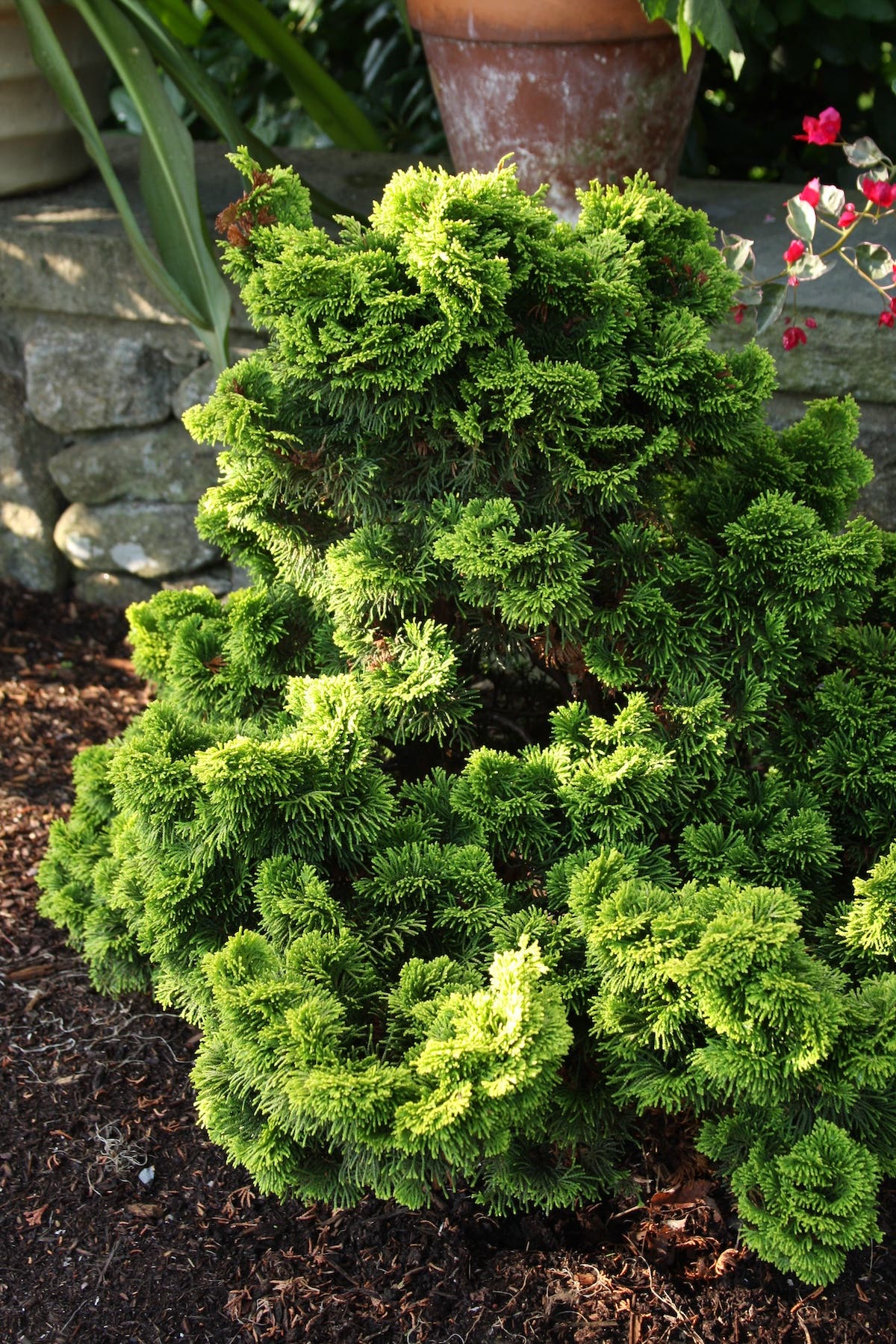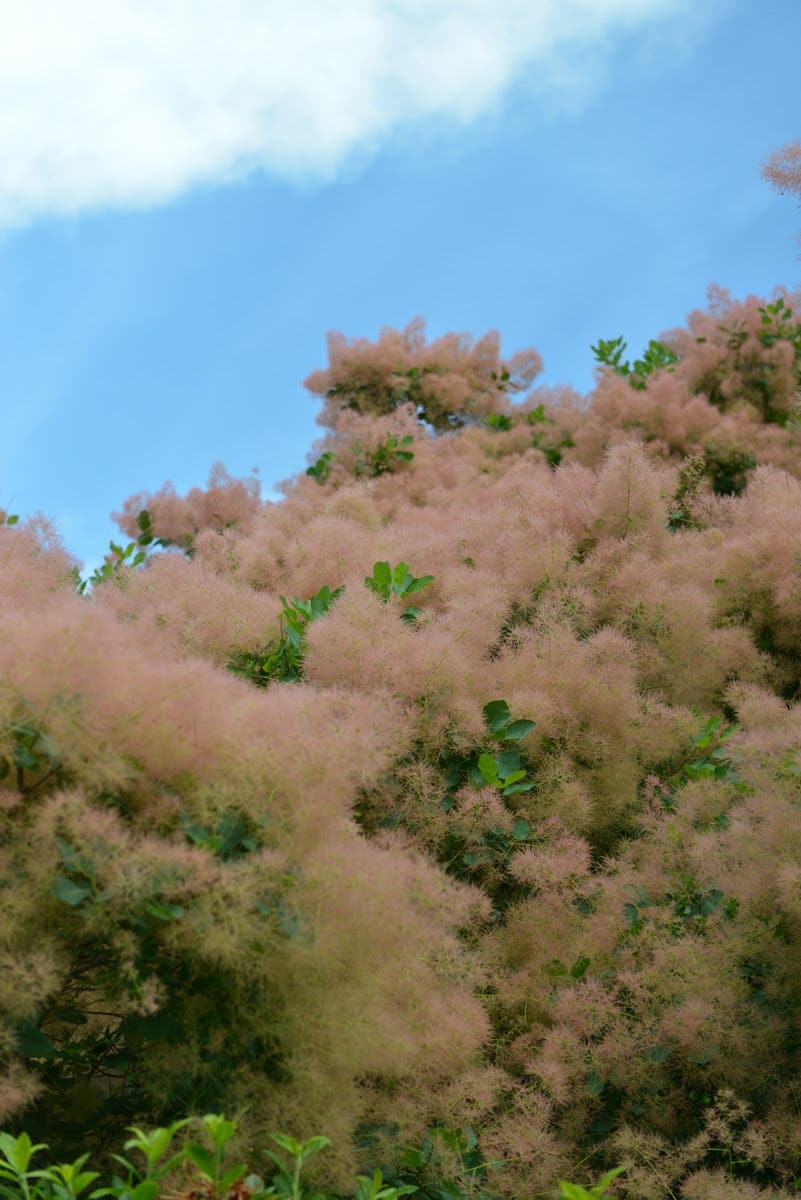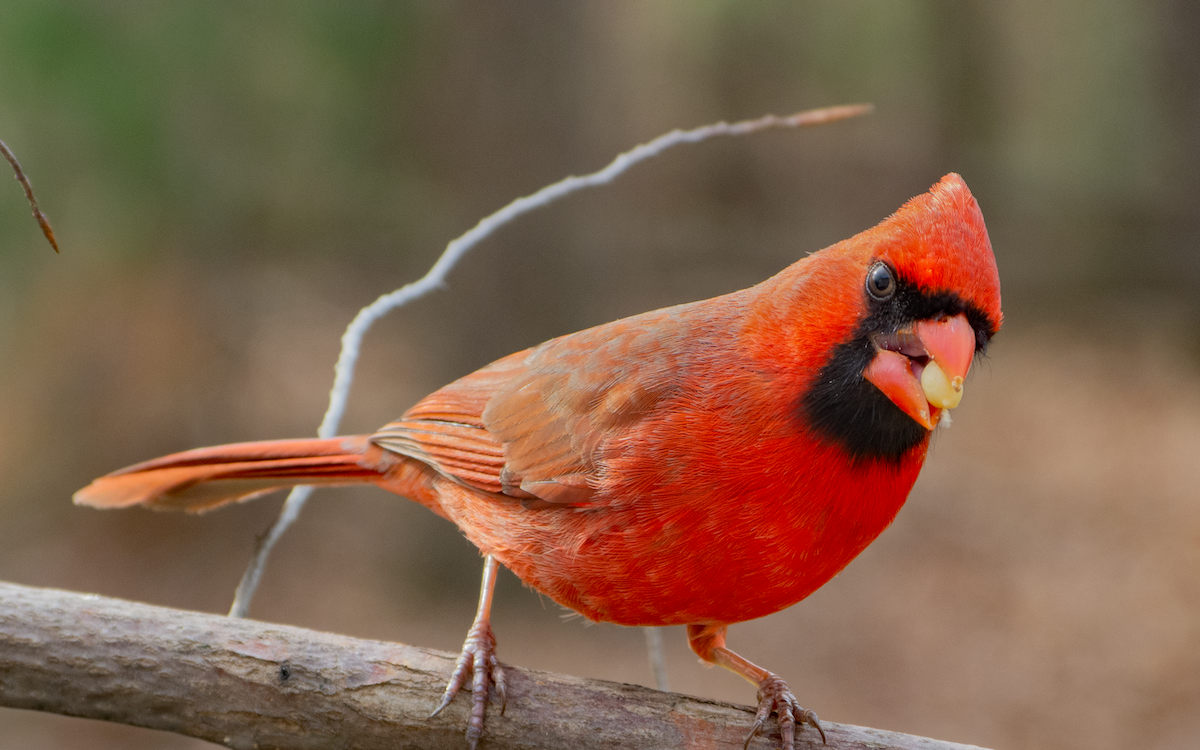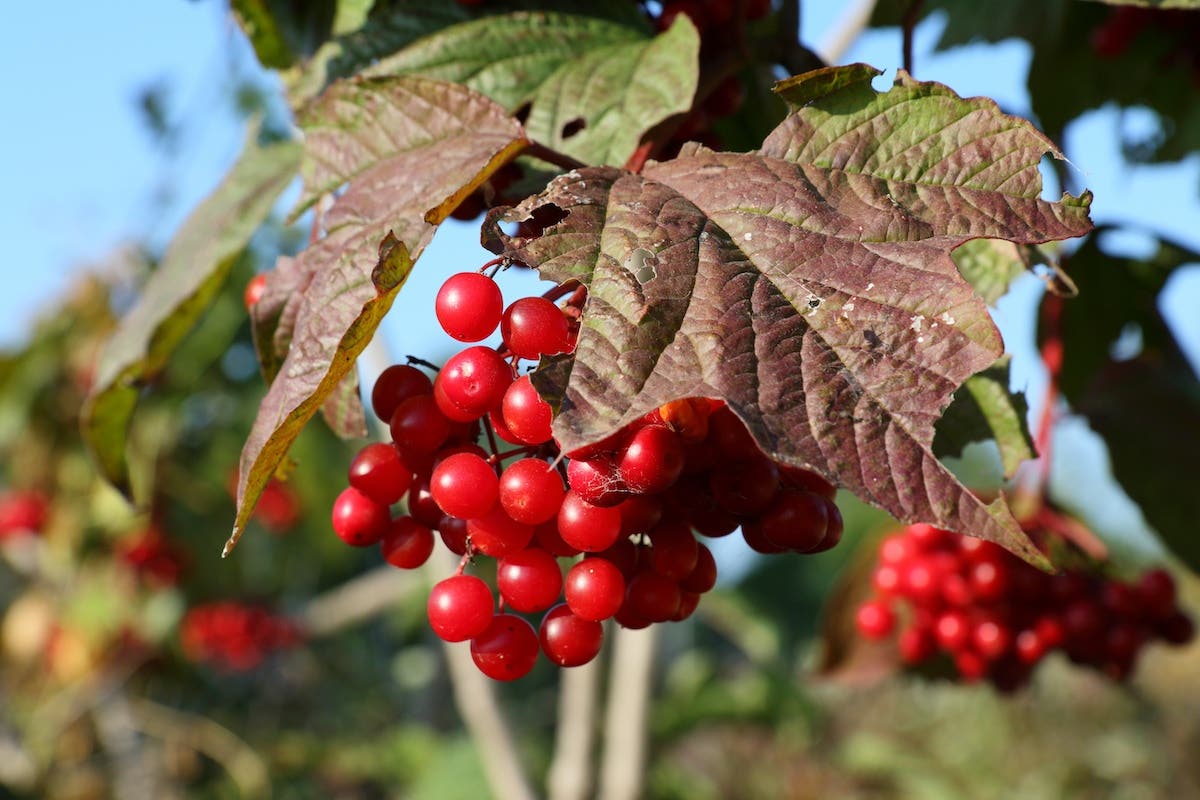I could hear the caterpillars chewing the leaves of the mighty black oak tree just a few steps from my back door one spring morning in 1995, shortly after we moved to this woodland site in Sonoma County, California. Caterpillars hung on long silk strands from the tree’s canopy that threw shade over our house. I feared they’d defoliate the sheltering tree, so I called the county’s agricultural agent to see if there was a non-toxic way to rid it of these pests.
“Don’t you touch them!” he shouted over the phone. “This is the year in their life cycle when they feed on the deciduous oaks. It doesn’t harm the trees at all, and those caterpillars are a major food source for our birds. Just let nature do its thing.”
In that simple explanation, ecological insight evolved in me. My involvement in organic gardening had taught me not to poison the animal or plant life in the garden so that nature could release its built-in benefits, but I hadn’t enlarged my vision to include the wild system growing and chewing and slithering and flying all around me.
The National Wildlife Federation’s Garden for Wildlife program—in association with the EPA, the USDA and the US Forest Service and informed by work done by Dr. Doug Tallamy at the University of Delaware—has identified which plants in each of North America’s distinct ecoregions are critically important for the health of that system. This article will take a look at Ecoregion 5: Northern Forests. (Learn more about ecoregions and find yours in the maps provided by the EPA.)
Introducing Ecoregion 5
This region includes northern interior New England and the Canadian Maritimes, pieces of New York state and northern Pennsylvania and the northerly parts of Michigan, Wisconsin and Minnesota. Here winter temperatures range from –20 to –10 (F), cold enough to freeze the ground down two feet or more, but summers are balmy with a good 100- to 120-day growing season. The region’s keystone and other native plants feed the larvae (caterpillars) of about 90 percent of the butterflies and moths that co-evolved with them over the eons.
These caterpillars are food for the songbirds. A single pair of nesting chickadees will feed their nestlings between 6,000 and 9,000 caterpillars over about 16 days of the fledgling period between hatching and when they’re fully feathered.
Ecoregion 5’s Keystone Tree
And what plant is the chief keystone plant that supports this bonanza of juicy caterpillars? It’s Quercus alba, the white oak. Nearly 450 species of butterflies and moths lay their eggs on white oaks because its leaves supply the nutrition that caterpillars need, when they need it, in forms they want the most. (And in turn, these well-fed caterpillars support the baby birds of spring.)
How important are keystone species? You’d think that a landscape where 95 percent of its flora is native plants would be like Brer Rabbit’s briar patch for indigenous butterflies and moths. But if the keystone plant species is absent, up to 75 percent fewer kinds of caterpillars would inhabit it, according to Tallamy’s Nature's Best Hope, a great book for home gardeners who want to help strengthen their local ecosystems.
Dr. Tallamy points out that 445 species of lepidoptera whose larvae are caterpillars depend on white oak, and to a lesser extent black oak (Q. velutina), as host plants. Compare that with the tulip tree (Liriodendron tulipifera) at just 21 species. Guess how many species of butterflies use the butterfly bush (Buddleja davidii) as a host for their larvae? The answer is just one.
This close association of white and black oaks, the lepidopterous larvae that eat their leaves and the birds that raise their chicks on the caterpillars creates a strong foundation of health that ripples through the Northern Forest ecoregion.
Eggs in the birds’ nests support snakes and small mammals like possums and raccoons and rats. Raptors eat birds and snakes; owls, fox and bobcats eat rats. Deer browse on red maple and ash in the spring and summer and pine and cedar in the winter; their heavy feeding on young trees can damage the habitat of forest songbirds. But apex predators like cougar and wolverine keep deer herds in check, which allows a healthy growth of hardwood trees and conifers.
Those plants drop a lot of dead wood on the forest floor, which establishes a habitat for pine martens, fishers, weasels, mink and other small mammals, which in turn are food for predators. The rich habitat of a healthy ecosystem also builds its strength from the ground up, with fungus and molds that supply minerals and water to forest trees, with soil life like worms and beetles both feeding on the trophic level below them and feeding the denizens of the trophic level above them.
Other Keystone Plants in Ecoregion 5
Another type of keystone plant has a separate cycle of reproductive health, and this cycle involves pollen-specialist bees that limit their foraging to a plant family, genus or even individual species, depending on the type of bee. Keystone plants are those that pollen-specialist bees focus on.
In Ecoregion 5, lowbush blueberry (Vaccinium angustifolium) and cranberry (V. macrocarpon) attract six kinds of pollen specialists, while the willows (Salix) attract double that number. You can see that if you’re growing blueberries or cranberries, the presence of pollen specialist bees will improve yields and fruit set as they deliver pollen when they gather nectar from the fruits’ flowers. Both genera are also used as host plants by hundreds of lepidopterans, so they perform double duty in Ecoregion 5.
Among flowering perennials, 22 species of specialist bees use Canada goldenrod (Solidago canadensis) as a keystone host. Other perennials that also host many species of pollen specialists include the asters (Symphyotrichum), sunflowers (Helianthus) black-eyed Susans (Rudbeckia) and tickseeds (Coreopsis).
The gardener or landscaper who includes keystone plants appropriate for their ecoregion in their choice of trees, shrubs and herbaceous plants will be strengthening the health of the local ecology. In these days of shrinking habitat, use of toxic chemicals and loss of biodiversity, and with non-native species so prevalent in public and private gardens and landscapes, it can use all the help it can get.
Image credits: White oak by James St. John/CC BY 2.0; Black-capped chickadee by Mark Gillow/CC BY 2.0; Canada goldenrod by Marcus Buchwald/CC BY-SA 2.0


